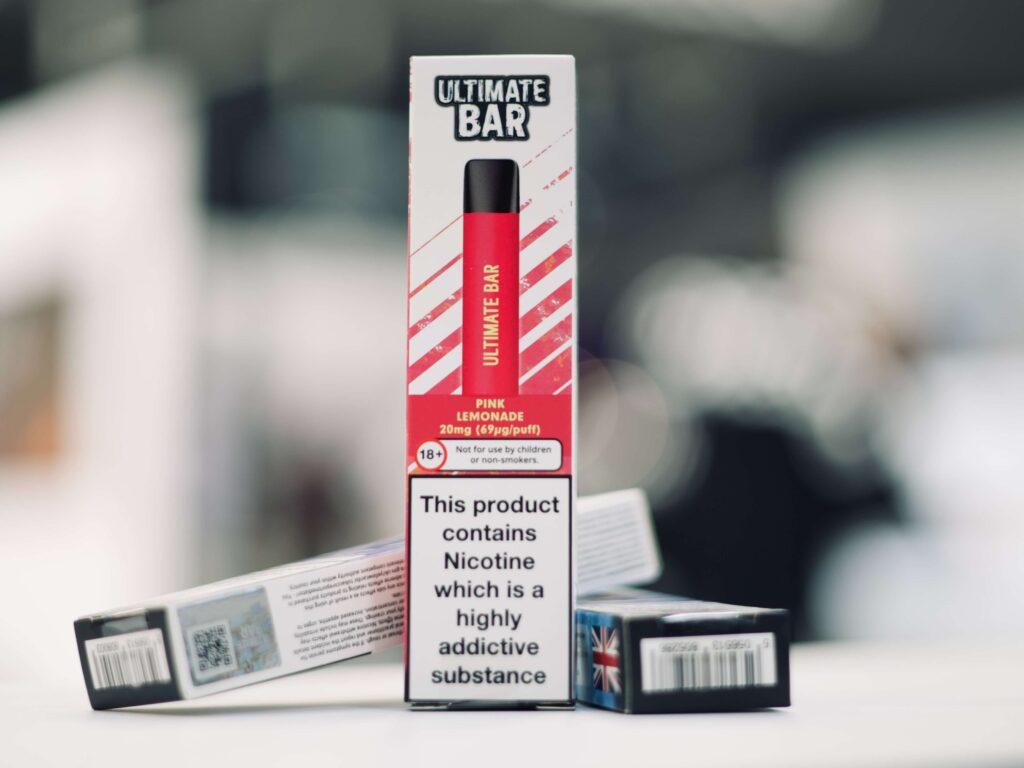#CES2024 – Products for a Better World?
- Blog
- Innovation
- #CES2024 – Products for a Better World?
The Consumer Electronics Show took place this week in Las Vegas, and one of the main talking points of this year’s show was Tech for Good and how technology can help solve the world’s problems.

We’ve been thinking about how we can incorporate ‘Design for Good’ into the products we develop.
What is ‘Design for Good’ and why should we care?
We all have a responsibility to look after the planet and make as minimal an impact as possible. Design for Good is creating products that solve a problem in a sustainable and UX driven way.
Designing products with Circular Economy (CE) in mind – choosing materials for their longevity and recyclability to keep them in use for as long as possible. Single use plastics are no longer acceptable. At Methven, we were one of the first in the bathroom industry to introduce CE on a stainless steel range of tapware that could be recycled/or re-machined the next time the customer wanted to renovate their bathroom to reduce the number of components being disposed of.
I recently bought a Smeg coffee machine – a fantastic example with minimal waste and plenty of recyclable packaging. The product is extremely well built, has easy to clean and service components, and is designed to be energy efficient. We chose a bean to cup machine rather than pods to cut down on waste. It’s an investment to last years rather than low-cost, “disposable” FastTech which has sadly become more popular in recent years, despite the WEEE directive. One such example is the growing number of disposable vapes, which is having a huge environmental impact as a result of the amount of single use plastics as well as lithium batteries being incorrectly disposed of.

To help with product life longevity, user interfaces now tend to be frequently updated, which means we don’t need to upgrade our products so often. Over-the-air updates mean products, like cars for example, can be updated at a reduced cost via Wi-Fi and with an increased rate of adoption as you no longer have to drive it to a garage.
Inclusive Design
Inclusive design is at the forefront of our minds, ensuring that products are usable by as many people as possible, particularly marginalised groups, but essentially thinking about any person’s ability to use a product, regardless of age, gender, culture or language.
For example, smart glasses, while still in the early adopter phase, are becoming more popular with brands such as Ray-Ban launching fashionable ranges that no longer look like they belong on a set of Star Trek. Plus they’re equipped with technology that can be understood by even the least tech-savvy consumer, and allow users to make and receive calls, livestream on socials, listen to music and capture precious photos. Will they replace our phones in the future?

Smart glasses can assist users with visual impairments, such as adjusting colours for users with colour blindness or providing text-to-speech capability for reading labels and other printed materials for anyone with low vision. People with mobility issues can see real-time information about accessible routes and facilities, as well as visualise and interact with digital maps and directions. Users who are hard of hearing can see translations and directions.
This tech will move over into sportswear, with distance runners, for example, able to easily see their splits and mile markers without taking their eyes away from the route.
Look out for innovation in healthcare. With mental health a key subject in our societies, keep a close eye on manufacturers using virtual and augmented reality to address social isolation, and look out for discreet ear buds that double as a heart rate monitor, removing bulky medical units worn around the wearer’s neck.
AI
The AI issue is well-discussed on many platforms, particularly the potential risk to creative jobs. But as I’ve mentioned in previous posts, I envision a world where AI doesn’t remove product design jobs but rather is used as a tool to help designers learn about users to further improve future designs. Some examples include learning thermostats that have revolutionised the way we consume energy at home, self-driving cars and customer service chat bots.

Our homes are (normally) our biggest investment, so companies are responding with a wave of new AI enabled smart tech to help us customise our homes. Top trends are energy efficiency and automation to help homeowners save time and money, whilst also thinking about security and wellbeing. It’s estimated that 19% of US householders now own a smart appliance (fridge, washing machine, dishwasher…) and this number will only continue to rise as AI improves its learning into how we use products to optimise its function.
We’re excited to see what technology emerges from this year’s CES, and we’ll look forward to discovering products designed for a better world.
Hungry for more?
Recent Posts
-
![]()
#CES2024 – Products for a Better World?
The Consumer Electronics Show took place this week in Las Vegas, and one of the main talking poi… -
![]()
Crosswater LIMIT range wins “Best Modern Bathroom” at Ideal Home Bathroom Awards
The bathroom is often the most overlooked and smallest room in the house. When it comes to home … -
![]()
Future Trends: Explore the Exciting Innovations of 3D Printing Technology
Additive manufacturing, known more commonly as 3D printing, has been in existence since the 1980… -
![]()
How is AI changing the product design industry?
Bill Gates has called it “the most important technological advance in decades” but how is Artifi… -
![]()
Celebrating three years in business
By Simon CorneliusThree years ago, I incorporated my business Cornelius Creative Ltd o… -
![]()
Is market research necessary for product development?
At the beginning of any new product development project we always conduct market research, and s… -
![]()
How to showcase a product before launch
Marketplaces are typically flooded with products from your competitors. Consumers today are b… -
![]()
Visiting SBS Event 2022 and meeting Theo Paphitis
After winning a coveted SBS award in February 2021, we were invited to attend this year’s SBS eve… -
![]()
Five essential marketing trends you need to consider in a post-COVID world
As the world starts to emerge from the Covid-19 lockdown, businesses will need to adapt to t… -
![]()
Guide to using CGI for Ecommerce websites
Discover our best-practice advice when it comes to selecting images for an ecommerce website from…









